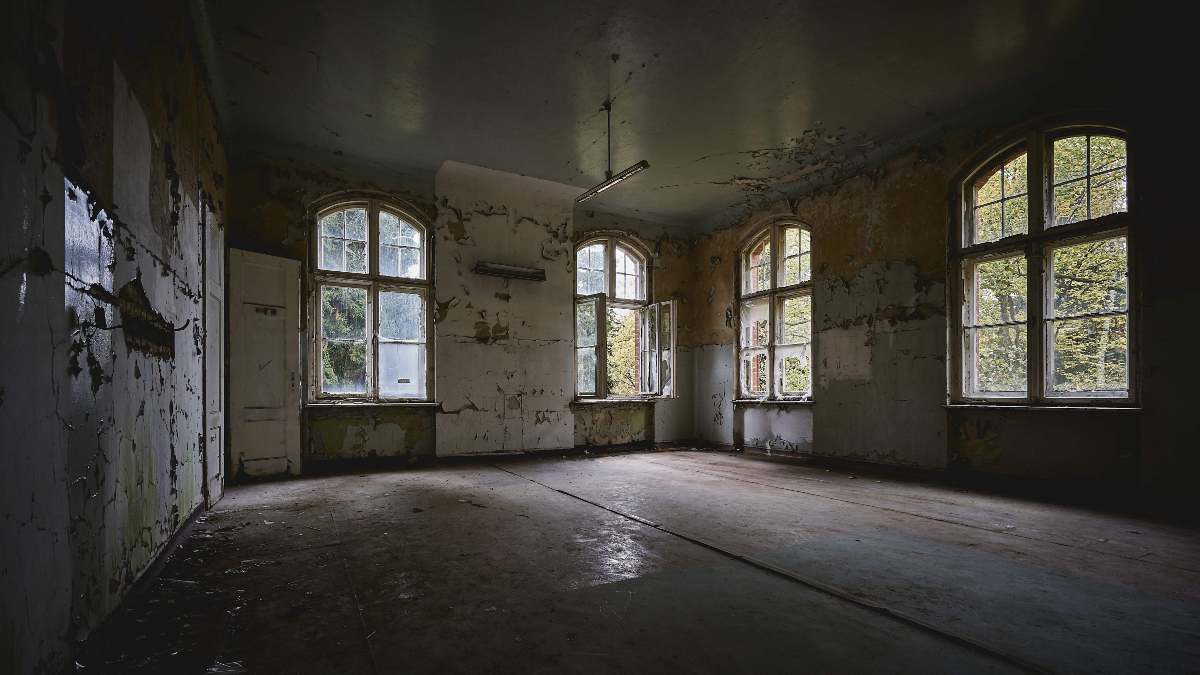Restoring an old house is not an easy task. It takes time, money, patience, and a lot of effort. However, many people prefer to restore an old property than to buy a brand new one. Some just like the idea of getting a historic home, while others are limited by budget. Whatever the reason is, you now have an old house that needs renovation.
If you just got an old property, and you’re not sure where to start, we’ve got you covered. The first step is always the hardest, as you’re left with cracked walls, plumbing problems, and other infrastructure issues. Before you begin, you should know that it’s going to be a challenging process, which means that you must stay flexible for unexpected problems that may occur. Also, know that it’s totally normal to feel lost and confused at this point. Here’s a step-by-step guide on how to restore your old house.
Write Down Your Vision
When you first walked into the house, you probably had a vision of how it will look in the end. Problem is, you don’t know how to put your vision into action. That’s why you should take a pen and paper, sit on the floor of the house, and start writing down everything you want, what needs fixing, what style you’re going for, and most importantly, the budget you have for the house. Once you’ve written these points, start prioritizing according to your budget and needs. Know that you should have a flexible budget for unexpected events. No matter how much effort you put into planning, you’ll most probably go over the set budget.
Assemble a Team
Now that you know what needs to be done in the house, it’s time to think of how you’re going to do it. Many people choose to renovate their houses by themselves, thinking that they will be saving money. However, according to the Cost Shed team, it’s more affordable to hire a professional than to do it yourself. A professional contractor who has years of experience in renovating old houses will be able to know exactly what your house needs. They are also familiar with the supplies you’re going to need and will be able to get them for much less. In case you chose to restore your old house all by yourself, you might end messing up some things and paying more to fix them. So if you’re not familiar with the supplies and what should be done, it’s preferable to hire a professional contractor.
Electricity and Plumbing
The most common issues with historic houses are usually electricity and plumbing. Before you repair anything in the house, make sure to keep an eye out for water and electrical damages. Check the ceilings, floors, and walls for any water damage signs as they can cause a serious infrastructure problem. It’s always recommended to consider every possibility. This means that if you want a heating or a cooling system installed in the future, make sure that the electricity in the house can handle it.
The Small Details
After repairing the major plumbing issues, and while repairing the infrastructure of your new home, you might miss some small details. Many people focus on renovating the walls, floors, and ceiling and forget about the doors, windows, and handles. These small adjustments can easily be missed, however, they can affect the aesthetic of the whole house.
Exterior Design
Once you’ve repaired everything in the house, it’s time to think about how the house looks from the outside. The exterior design of your house gives the first impression to your guests, so you need to make sure that it’s presentable. If there aren’t any cracked walls outside, you can just give it fresh white paint. Make sure the fences, porch, and doors are well-adjusted and match the theme of the house.
Those who renovated an old house, or know someone who did, already know that it’s a long process. So you have to brace yourself for this step. Restoring an old historic house is challenging, however, you can make it easier by properly planning each step and setting the right budget for it. Ask your friends, neighbors, or relatives who’ve recently renovated their homes about the contractor they used. Contact them and ask for prices. This will help you have an idea of how much you’re going to need. You can also do some research on how much it’s going to cost you if you’re going to do it by yourself. Do a little comparison and choose the most suitable option for you.

